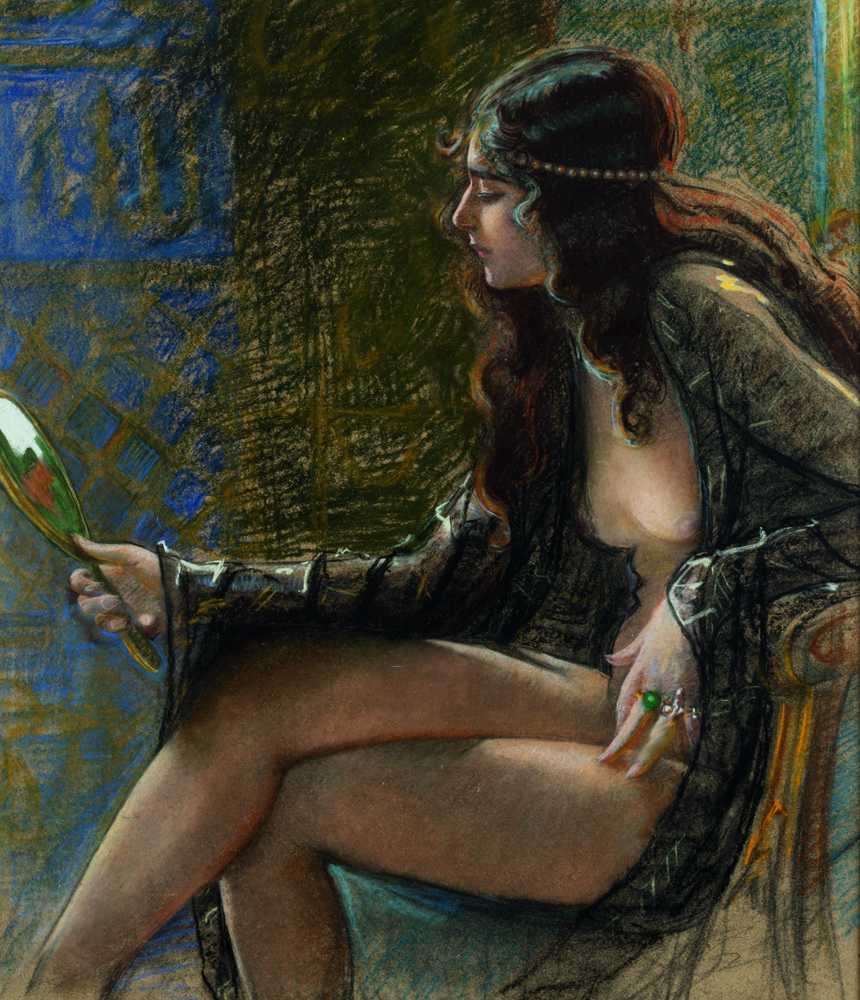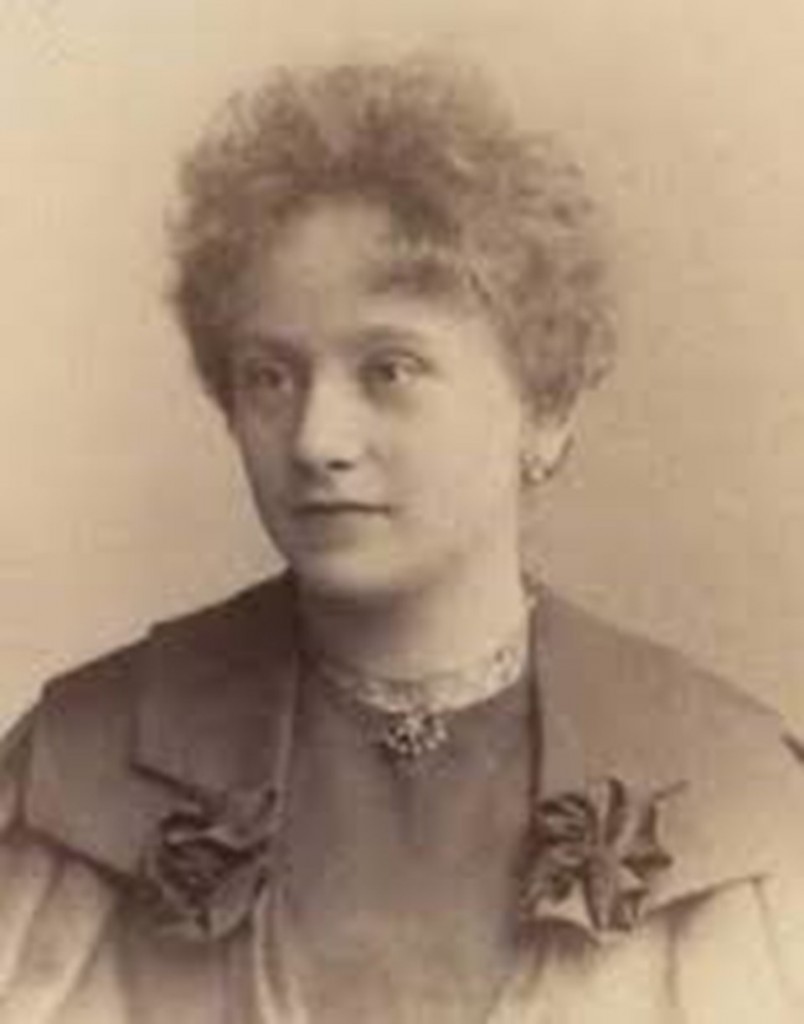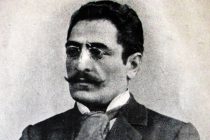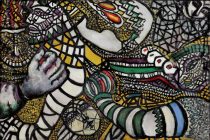In the patriarchal world of Turks, it’s easy to overlook the many amazing women who have dared to be different, pioneering a new path for others to follow. Mihri Müşfik was one such lady.
Of Circassian ancestry and the daughter of a military doctor, she was born in Kadıköy, Istanbul, on 26 February 1886, and went on to become Turkey’s first female contemporary painter, famed for her incredible portraits, which included paintings of Mustafa Kemal Atatürk and Pope Benedict XV.
Later today an exhibition inspired by Mihri Müşfik Hanım will open in London. It’s fitting it falls on 8th March – International Women Workers Day – for Mihri Hanım was a brave, ambitious, and extraordinary woman who gave up her privileged life to pursue her love of arts and a bohemian existence.
“A brave, ambitious, and extraordinary woman who gave up her privileged life to pursue a bohemian existence”
She started life as a Turkish aristocrat – her family were the descendants of the Anchabadze dynasty in Georgia. Unlike most women in the Ottoman Empire, Mihri Hanım’s noble background enabled her to receive a good education, which included a grounding in literature, music, and painting. Her father, Dr. Çerkez Ahmet Rasim Paşa, was an anatomy expert who also taught at the local military academy, and who encouraged his daughter’s drawing ability.
The family gifted one of her paintings to Sultan II. Abdülhamit. Mihri’s talents were immediately spotted by the Palace’s resident artist Zonaro, who took the young painter under his wing, giving her art lessons at his workshop in Beşiktaş. Mihri’s status changed, earning her the title of Turkey’s first contemporary female artist.
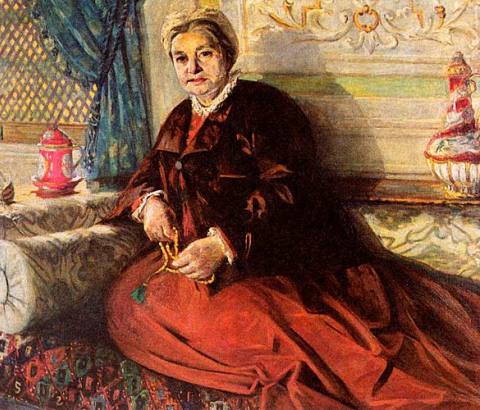
During her time at Court, she also had the chance to attend many operas and Western classical music concerts. She fell for a visiting Italian conductor and – controversially for a woman of noble birth – in 1903 she took flight to Rome in search of romance with him. When her intended love failed to blossom, the 17-year-old Mihri moved on to Paris, where she got by selling her paintings and drawings.
It was during this time that Mihri met her future husband, Müşfik Selami Bey. The son of Selami Paşa from Bursa, Müşfik was studying Political Sciences at the Sorbonne and rented one of the rooms at Mihri’s Paris home. After a brief romance, the two married in 1905.
Her experiences in Italy and France, which she would regularly visit during the course of her life, evolved her artistic techniques and compositions. She incorporated Cubism and modern Expressionism into her art, breathing greater freedom into the depiction of her subjects compared to her Turkish peers.
While in Paris in 1913, Mihri’s work was spotted Cavit Bey, who worked in the Ottoman Treasury who suggested she returns to Istanbul to teach. She did so, initially taking up a post as an art teacher at the Istanbul Darülmuallimat (Female Teacher Training College) – the highest level of learning for Muslim girls under the Ottomans.
A popular teacher, Mihri Hanım then became instrumental in the opening of a dedicated fine arts school for women – İnas Sanayi-i Nefise Mektebi. As its school principal and art teacher, she helps nurture the talents of many future famous female artists including Nazlı Ecevit, Aliye Berger, and Fahrinüsa Zeyd.
She pioneered the use of models, arranging open air sittings for her female students to paint, and also organised the first art exhibitions by female artists.

Forever breaking down barriers and happiest when challenging convention, Mihri Hanım was regarded as a rebel by the conservative Turks. She turned the stereotypical image of an Ottoman Muslim woman on its head, refusing to wear the head scarf, instead adopting the daring look of a fun-loving European female.
She loved to socialise, regularly attending mixed sex high-brow salon nights. Her bohemian circle included poet Tevfik Fikret, painters İbrahim Çallı, Namık İsmail and Hikmet Onat, and writer Fikret Adil.
The first non-Christian and woman to paint the Pope
Her marriage ended in 1922. In 1923, she returned to Rome and started to work restoring the frescoes of an historic church. Then, with the help of local poet Gabriel d’Annunzio, she was given the chance to paint a portrait of the Pope. It was the first time the papacy had allowed a painting by a non-Christian and a woman. The painting remains on display in the Vatican.
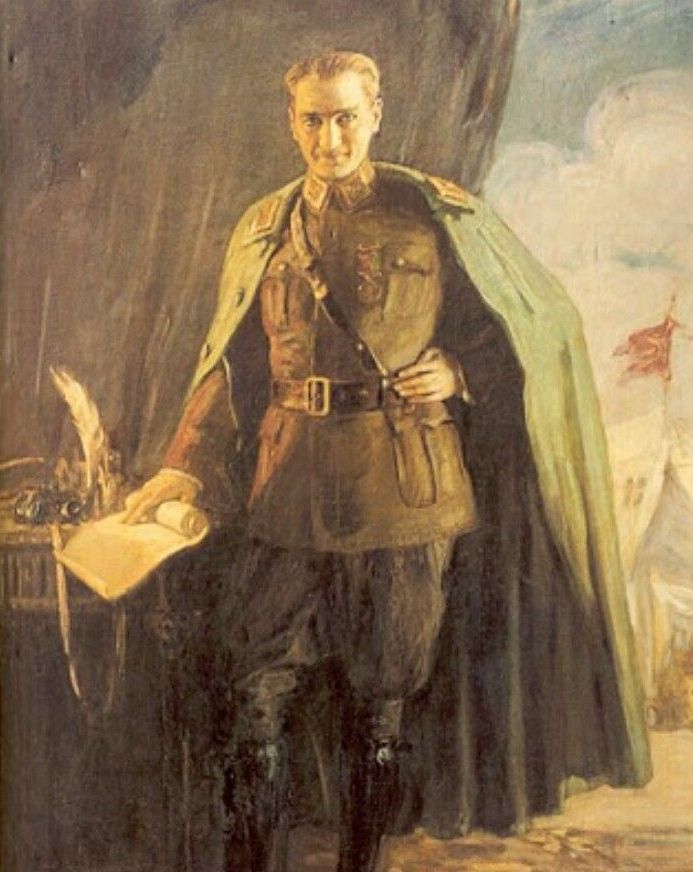
On her return to Turkey, she also does a portrait of Atatürk in military garb. It was hung inside the Çankaya Mansion, used by Turkish Presidents, but the painting went missing for years until it was rediscovered in the 1990s.
She moved to Paris. But when her sister Enise Salih Hanım passed away from ill-health, followed by Mihri’s beloved niece and fellow artist Hale Asaf, who died of cancer in Paris in 1938, she decided to explore pastures new.
She moved to the USA, where she enjoyed the freedom of an independent woman that she so desperately craved but was missing in her home country.
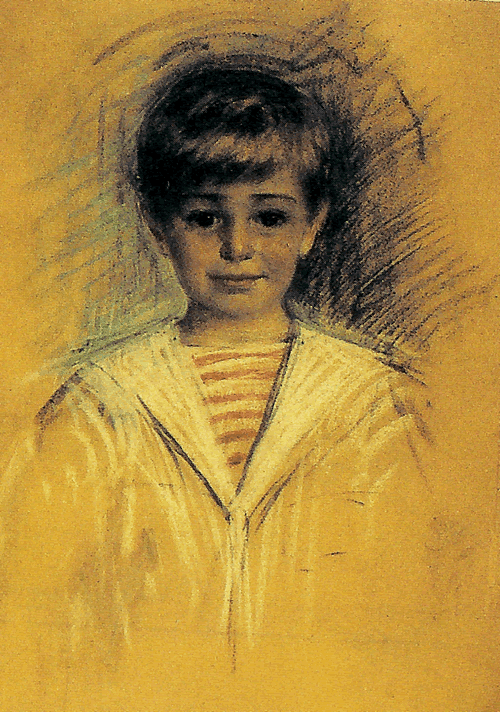
For a time she gave art lectures at universities in New York, Washington and Chicago, painted the wealthy, and gave private art lessons to sustain herself. But her earnings became increasingly meagre as she got older. She eventually died a pauper in 1954 and was buried in an unmarked grave in New York.
Today, Mihri Müşfik Hanım’s legacy lives on in the 150 odd works that still exist in Turkey, Italy, France and America. Last month, she was honoured with a Google Doodle on her 131st birthday.
A film has also been made about her life: Who is Mihri is an award-winning documentary capturing her controversial life. One of its primary aims was to ensure Mihri Müşfik’s name and considerable achievements as a trailblazing woman enter into our collective memory and historical story-telling.
